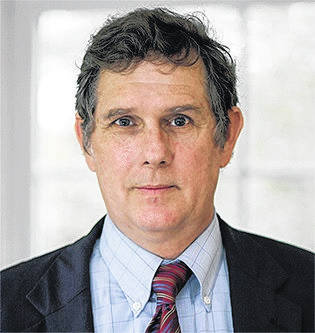Dr. Michael Bitzer of Catawba College has some great data up on his blog and more is coming. The most recent post concerns the Congressional districts in North Carolina. It helps explain why the districts are competitive or not and also highlights how North Carolina has changed over the past twenty years or so. It also offers insight into how the Blue Moon election could affect the change.
When I started working in politics in North Carolina in the early 1990s, districts were considered competitive if they had at least 20 percent African-American voters. A decade later, as Republican registration increased to about 30 percent or so and stabilized, the rule of thumb became if Republicans made up less than a third of the registered voters, the district was competitive. We assumed that Republican candidates got 95 percent of Republican voters but Democratic candidates could only count on 75 percent of Democratic voters. The rest were Jessiecrats who were registered as Democrats to vote in primaries but regularly voted for Republican candidates.
I don’t think those rules hold anymore. The increase in unaffiliated voters makes rules like those less certain. The influx of Hispanic and Asian voters is changing the dynamic of the electorate as we become one of the largest states in the country and a more urban one.
Using those old measures, we can see why districts 1, 4 and 12 are Democratic. None has Republican registration more than 20 percent and all have African-American registration at more than 22 percent. For the rest of the districts, five districts, 3, 6, 8, 9, and 13, have African-American registrations at more than 20 percent. All but CD-13 have GOP registration at 33 percent or less. By the old standard, all of those districts would be competitive districts — and they may still be. However, standards, in general, feel less reliable.
Age and location have more influence on the elections than in the past. Urban voters are far more likely to vote Democratic. Rural whites are more likely to vote Republican. Millennials voters are voting overwhelmingly Democratic even if they’re registering unaffiliated. Women are trending Democratic, in part because of the #MeToo movement and possibly because of the GOP’s insistence on opposing any gun regulations. An article this weekend says even evangelical women are beginning to abandon Trump.
We also need to consider how long people have been in the state. Recently, newcomers have been younger and slightly more progressive. However, back in the 1990s, a lot of people moved here as Republicans because of lower taxes and fewer unions, making the suburbs more red than blue. That’s changing as suburbanites find themselves at odds with the GOP on everything from school funding to gun control.
In a year when turnout will be especially low, motivated voters could make the difference. In seven Republican-held districts, Democrats equal or outnumber Republicans. Several have far more urban voters than rural ones, including the 2nd Congressional District, where 61 percent of the voters are urban and only 16 percent are rural. Factors besides registration and race that once drove the electorate might have less influence. North Carolina is changing fast and so are attitudes across the country. We’ll need new standards in the future to determine which districts are competitive and which aren’t.
Thomas Mills is the founder and publisher of PoliticsNC.com, a website of commentary and analysis. Originally published at politicsnc.com.

